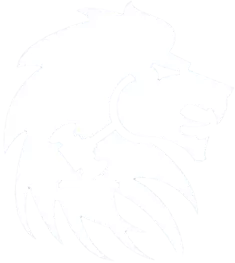There are four basic types of crime scene sketches:
- Overview: Floor plan—bird’s-eye view
- Elevation view
- Cross projection: exploded view
- 3D drawing (perspective)
1. Overview: Floor Plan—Bird’s-Eye View:
- A 2D drawing resembling an architectural floor plan, viewed as if from above.
- All evidence appears on a single, horizontal plane, useful for providing an overall visual reference of the scene.
2. Elevation View:
- Shows evidence on a single vertical plane, ideal for documenting vertical aspects like bloodstains or bullet defects on walls.
- Useful for detailed documentation of specific scene elements, including clandestine graves and their layers.
3. Cross Projection: Exploded View:
- Combines bird’s-eye view and elevation view into one sketch.
- Walls are laid flat to show evidence on walls in relation to evidence on or near the floor, offering a comprehensive visual relationship of the scene components.
4. Three-Dimensional Drawing (Perspective):
- The most realistic view, often created with computer-aided programs.
- Allows for detailed height measurements and a perspective that can show what suspects, victims, or witnesses might have seen.
- Provides the ability to rotate and adjust the view to simulate walking through the scene in 3D mode.
